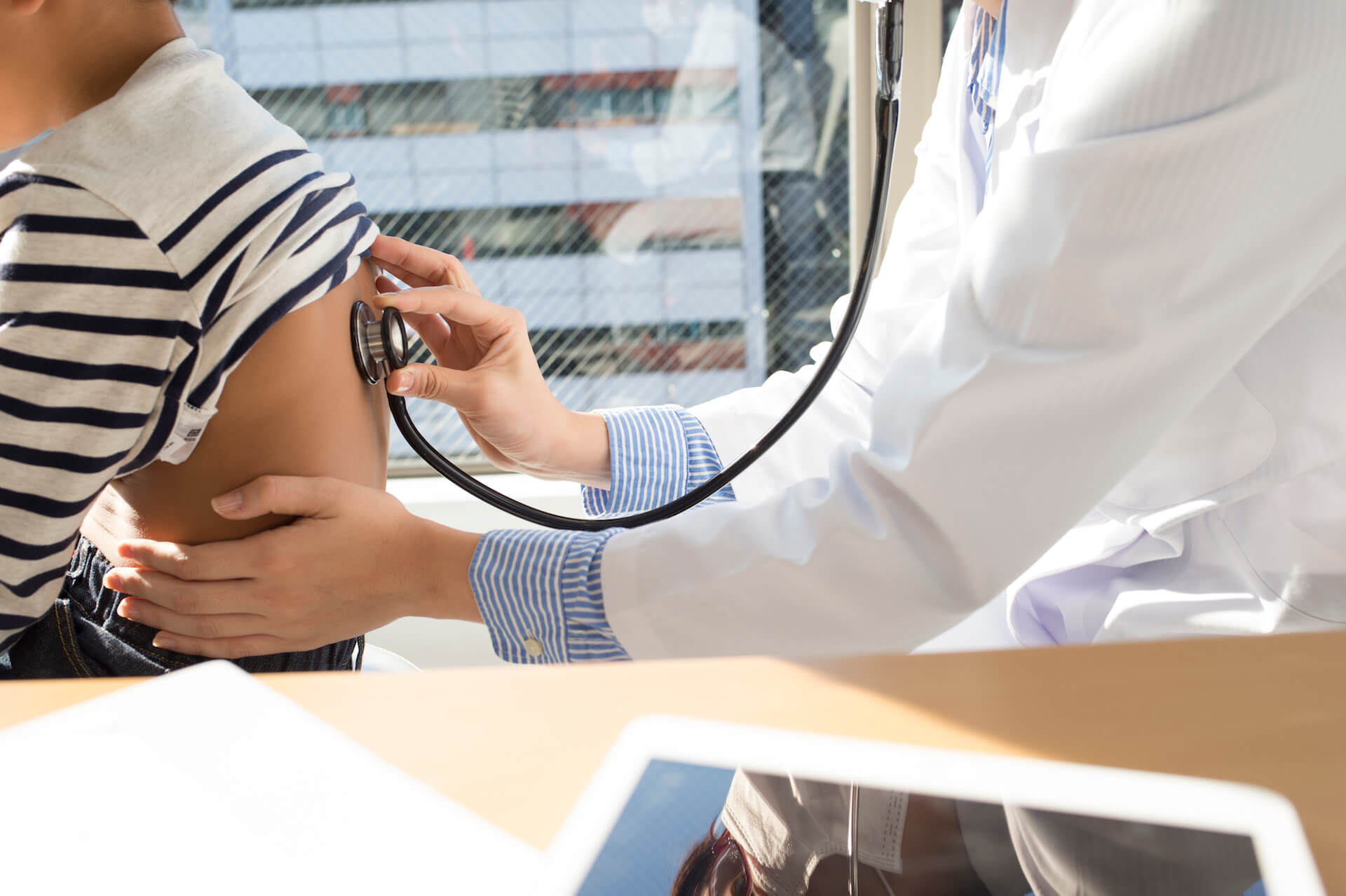The CDC recently released new breast pump cleaning guidelines after reviewing the case of an infant girl whose death was caused by infection from contaminated breast milk.
Although these cases are rare, the CDC decided there was a need for these guidelines because they found a lack of education for new mothers on proper cleaning. Breastfeeding your baby has great health benefits, and 81% of mothers start breastfeeding their babies at birth. Of course, there is no shame in formula feeding, and at times it may be medically necessary. We believe the vast majority of mothers want to do what’s best for their babies, and encourage mothers to breastfeed if possible.
Working mothers routinely pump breast milk. Mothers with more flexible schedules may still experience times when they need to pump in order to relieve pain, increase production, or stock up for time away from baby.
Cleaning Bottles and Pump Accessories
Whether you breastfeed or formula feed, do not wash bottles and nipples in the kitchen sink with the regular dish sponge. Instead, use a clean bowl or basin and a scrubber designated for breast milk dishes only.
Rinse items immediately after use. Do not soak, since still water is a breeding ground for bacteria. Wash your hands, then wash the items in hot soapy water. Rinse under running water and air dry on a clean towel (do not rub dry with the towel). Sanitize with a commercial sanitizer or in the dishwasher.
Cleaning the Tube
The tube should not need to be cleaned, because only air passes through it. If you spot milk or mold in the tube, throw it out and use a new one.
Cleaning the Pump
Wipe the pump with a sanitizing wipe before use.
Always wash your hands before pumping, and before handling pump accessories.
You can view or print out a fact sheet on breast pump cleaning in English or Español.




